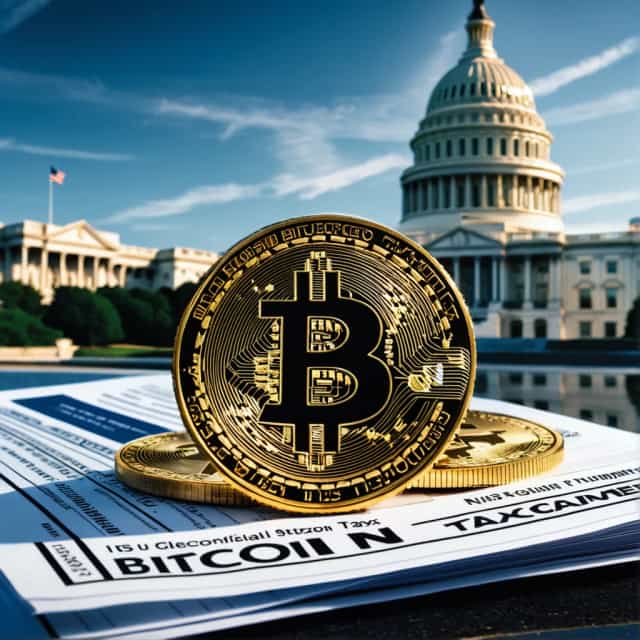
출처: Block Media
Nasdaq Futures Climb on AI Optimism; Government Shutdown Weighs on Dow
U.S. stock index futures exhibited a mixed performance on October 2, with artificial intelligence (AI) bolstering sentiment in technology-related stocks while persistent concerns about a potential prolonged government shutdown weighed heavily on financial markets. Nasdaq and S&P 500 futures advanced as optimism surrounding AI continued to fuel investor appetite, whereas Dow Jones futures edged slightly lower due to heightened uncertainty over the fiscal impasse.
Nasdaq 100 futures (NQ=F) rose by 0.3%, supported by strong momentum in the technology sector, while S&P 500 futures (ES=F) added 0.1%. In contrast, Dow Jones Industrial Average futures (YM=F) dipped 0.07%, reflecting sentiment dampened by fiscal policy concerns. Notably, the S&P 500 index recorded a historic milestone the previous trading day, closing above the 6700 level for the first time. This rally came amid weaker-than-expected private employment data from ADP, which spurred hopes for a Federal Reserve rate cut by year-end.
AI Innovation Propels Market Optimism
The surging enthusiasm around AI remains a driving force behind market gains. OpenAI recently disclosed that its enterprise valuation has reached an astonishing $500 billion following the sale of employee equity, making it the most valuable startup in the world. With this valuation eclipsing heavyweights like SpaceX, the announcement intensified investment interest in AI, affirming the technology’s transformative economic potential.
In addition, OpenAI revealed plans for large-scale partnerships with semiconductor companies, including SK Hynix in South Korea, signaling robust demand for advanced AI chips. This development sparked a rally in semiconductor stocks across Korean markets and reaffirmed positive sentiment in the broader technology and innovation sectors.
Fiscal Uncertainty Clouds Broader Market Outlook
While AI-driven optimism supports gains in certain market segments, the ongoing government shutdown in the United States continues to cast a shadow over the broader economic outlook. Budget proposals from both Republican and Democratic lawmakers were rejected in the Senate, leaving crucial fiscal negotiations in limbo. With Yom Kippur observances delaying Senate proceedings, no resolution is expected until Friday at the earliest, prolonging the shutdown and igniting fears of extended economic disruption.
One significant fallout from the shutdown may be the delay of key economic reports, including the September nonfarm payrolls data initially scheduled for release later this week. This report is critical for gauging labor market strength and evaluating its implications for Federal Reserve policy decisions. A postponed release could exacerbate market volatility by injecting further uncertainty into rate hike projections.
Treasury Yields and Dollar Volatility Under Watch
Heightened fiscal tensions have placed U.S. Treasury yields and dollar trends under increased scrutiny by market participants. While the 10-year Treasury yield attempts a rebound after recent weakness, the U.S. Dollar Index (DXY) has demonstrated notable volatility. Escalating risk aversion tied to the government shutdown has also led investors to consider safer alternative assets like gold and Bitcoin.
Bitcoin, currently positioned near the $116,000 mark, is showing signs of a potential technical rebound, underscoring its appeal as a safe-haven asset during periods of heightened uncertainty. Analysts are closely watching these trends amid shifting investor risk tolerance and asset allocation strategies.
Mixed Signals Signal Short-Term Volatility
Financial analysts caution that competing dynamics between AI-led optimism and fiscal concerns could create significant short-term volatility. “The intersection of robust gains in the technology sector with risks posed by delayed employment data will likely dictate market movements this week,” they noted. With AI innovation serving as a bright spot for long-term growth potential, the weight of immediate fiscal uncertainty has presented investors with no shortage of challenges in navigating the near-term trajectory of financial markets.
Markets face a critical balancing act, as investors weigh groundbreaking advancements in AI against political gridlock that risks derailing broader U.S. economic stability. This juxtaposition promises continued volatility but also underscores the pivotal role of innovation and fiscal policy as twin drivers of global market sentiment.










